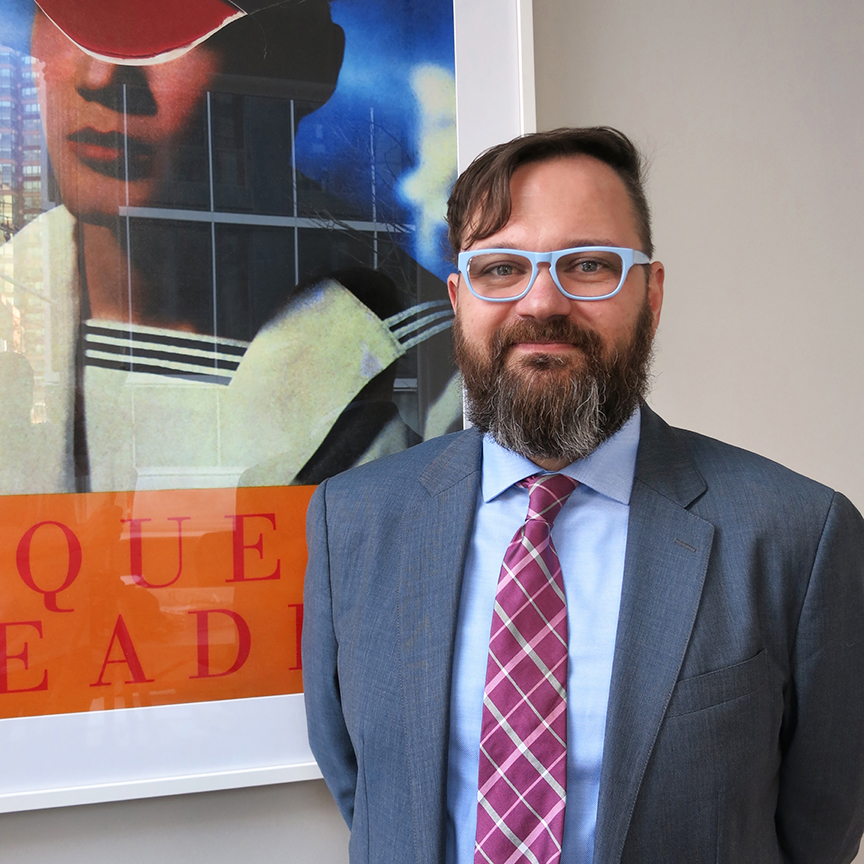
As New York’s Leslie-Lohman Museum of Gay and Lesbian Art prepares to reopen following an expansion, Gonzalo Casals has signed on as the institution’s director. He will be on hand for the Soho institution’s reopening, which has just been announced for March 10.
“I feel like now more than ever there’s a lot of work for culturally-specific organizations like the Leslie-Lohman museum,” Casals told artnet News in a phone conversation, referring to the election of Donald Trump and the institution’s preparedness to defend the rights of the LGBT community under the new administration. “Unfortunately, we’re the only LGBT art museum in the world. The responsibility that comes with that is great.”
The director position has been open since April 2016, when Hunter O’Hanian, who had held the post for four years, was tapped to serve as the executive director of the College Art Association. Casals comes to the museum from New York’s Friends of the High Line, where he has been vice president of programs and community engagement for three years. Before that, he was deputy executive director of El Museo del Barrio, also in New York.
The Leslie-Lohman Museum of Gay and Lesbian Art. Courtesy of Mon Iker.
The expansion, announced last October, saw the museum close in mid-December. The museum is taking over the storefront adjacent to its existing 3,000-square-foot Wooster Street gallery space, with New York-based firm Steven Keith Architect incorporating the additional 2,300 square feet.
The inaugural show for the new galleries, titled “Expanded Visions: Fifty Years of Collecting,” will feature over 250 works drawn from the museum’s collection, begun by co-founders Charles Leslie and Fritz Lohman over half a century ago.
The Leslie-Lohman Museum of Gay and Lesbian Art. Courtesy of Mon Iker.
Casals also sees this time as an opportunity for the museum to expand its focus, which has historically been on gay men, to other members of the LGBT community, exploring such issues of gender, sexuality, race, and ethnicity to better support the next generation of queer artists. The idea of intersectionality is especially important to him as a gay Latino immigrant (he was born in Buenos Aires).
“I’m very interested in the role of arts and culture for social justice,” said Casals, acknowledging that “showing work that is created by LGBT artists with queer content is still a political act.”